The farm-to-table movement and deeper conversations about sustainability in agriculture have become commonplace in the past decade but this increased awareness hasn’t translated to other industries with as much fervor. The information just isn’t readily advertised. Case in point: denim. A pair of jeans uses over 3,700 liters of fresh water in its lifecycle. The growth of cotton accounts for 11% of global pesticide use while dyeing and finishing processes frequently use chemicals that pose serious health risks to workers. Yet denim is ubiquitous to everyday life. Last year alone, Levi’s generated more than $4.5 billion in global sales.
“I think people know what it looks like to cultivate a garden and to pick fruit or vegetable out of the garden and eat it. That’s a very familiar process,” said Paul Dillinger, the Vice President and Head Global Product Innovation and Premium Collection Design for Levi’s. “People have no idea what it looks like to grow a cotton field, and to harvest that cotton, to gin it and spin it, to weave it and dye it. We think about cotton as a friendlier thing because it’s a weed that we grow, and it can be friendlier. But no one in their mind visualizes flood irrigation happening on a massive scale in order to grow all this cotton. They don’t think of the jean they’re buying as 3,700 liters of fresh water.”
Consumers have begun to think more about what they’re putting into their bodies, but the majority of people still don’t think critically about what they’re putting onto their bodies. “We perceive clothing as being inert,” Dillinger said. “When you’re purchasing a garment, the system is not set up for transparency, necessarily, and you don’t see the full impact of what you’re buying.” To illustrate this point, Dillinger pointed out that clothing consumption has increased five times in the past 30 years, and that now, 60% of new garments purchased are discarded within the first year. “There’s no association between object and its impact, the way that I think people very viscerally understand what it means to put a pesticide on a plant, and grow the plant and eat that. That’s a more obvious, easily imagined potential harm,” he said. Over the past few years, Dillinger has explored ways of making clothing production more sustainable, and how to bring people back towards sensible consumption. It was through this mission that he met John Moore, the Creative Director of sustainable surf brand Outerknown, which he founded in 2015 with pro surfer Kelly Slater.

For Moore, a respected designer with years of experience in the industry, the question of developing a line of denim was not if, but instead when and how. “When we launched Outerknown, Kelly [Slater] said in one of our first interviews that Outerknown wouldn’t do denim because it’s such a dirty business. I looked over, and he was wearing a pair of jeans and I was wearing my favorite Levi’s trucker jacket,” Moore said. “Denim is such a key part of our lifestyle, but he was right, jeans are a dirty business. So the question became: is it possible to build a jean that can deliver on our responsible mission of planet and people first? I figured if anyone could help us answer this question, hopefully, Levi’s could.” When Moore visited San Francisco to meet with Levi’s about collaborating, Dillinger showed him a project called Wellthread that focused on sustainability. “His vision for Wellthread was to literally reinvent the denim design process to incorporate sustainability into every stage of the design and development process,” Moore said. “We talked for a couple hours, and Paul was a teacher, breaking down every detail for me. It wasn’t just about sourcing responsibly but also about the design of each garment. He explained to me why the construction of a pocket flap was designed to last longer.”
After their first meeting, Dillinger visited Moore in L.A. to explore the way Outerknown was approaching sustainability. From the brand’s headquarters in Culver City to the beach in Santa Barbara, Dillinger interacted with an exciting group of employees, all directly connected to and invested in their mission. “You have a group of designers who bring intention to this process through pure authentic vital motivation, and then you have me who brings intention to this process through this somewhat academic perspective. It’s really powerful mixed together,” Dillinger said. He saw that the two brands would compliment each other, and in turn, produce a quality product that would further the mission of sustainability. Aside from denim, Dillinger was interested in exploring sustainability in non-cotton clothing. “The great thing about working with them is that the iconic forms for a surfwear brand are different than a jeanswear brand, and we’re going to start fusing those together,” he said. “And I’m going to be put to new tasks unlocking sustainable value for things like board shorts and windbreakers and things, things that are iconic to them past just those handful of Levi’s icons.”
The first four styles of the Levi’s Wellthread x Outerknown collaboration were delivered in mid-November. It’s made up of two 511 jeans (blue and black), a denim Trucker and a Wellthread polyester Sherpa Trucker. “We wanted to focus on the icons. These first Levi’s x Outerknown items are styles we wear every day like the classic denim trucker jacket and the 511’s, a fit everyone loves,” Moore said. “For Paul and the team at Levi’s, it wasn’t just about knowing the farmer who’s growing the cotton for these styles, but it was also about making sure that these items would use Levi’s WaterLess dyeing technology, which uses up to 70% less water compared with conventional indigo dying.”
The pieces look and feel exactly like Levi’s classics you’ve known for years. “If you look at a conventional trucker jacket against the trucker jacket we have delivered for Outerknown, I can say almost everything about it is different except their appearance,” Dillinger said. The trucker has slight design modifications. It doesn’t have a back tab adjuster — an unnecessary use of shank buttons, fabric, and labor. More importantly, the trucker, along with the other garments, are built around a single fiber. “A garment of mixed materials is very nearly impossible to truly recycle because the polyester shows up as an uns-dyeable pollutant,” Dillinger said. In many cotton garments, polyester is used for strength in components like thread, pocket liners and zipper tape. A cotton-based recycling system doesn’t exist yet, but Dillinger and Moore are creating products that can fit into a future model. Polyester recycling, on the other hand, does exist, and the new sherpa trucker is now fully recyclable at the end of its life. “We can’t build the infrastructure that’s going to make clothing recycling viable, but we can start practicing how to make the clothes that will eventually be the right input into that system,” Dillinger said. “That what the Wellthread project represents.”
This collaboration is a first for the Wellthread program, which has been around for six seasons. Dillinger started it after participating in the Aspen Institute’s Business & Society First Movers Fellowship Program which asked people to imagine a full-systems redesign approach to sustainability rather than a single component change. Instead of injecting a single item — organic cotton, WaterLess production — into a preexisting supply chain, how can you change the system for the better while making it imperceptible to the consumer? This served as a catalyst for Dillinger to start Wellthread with the intention of founding a new method for making. The program focuses on research through practice, and every season is devoted to learning something new. Aspects of sustainability are explored and proofed in small collections through one season of production. “This is what’s possible when you take the most disciplined approach to sustainability imaginable while still selling clothes,” Dillinger said. “Its intention is to be this laboratory for progress.”
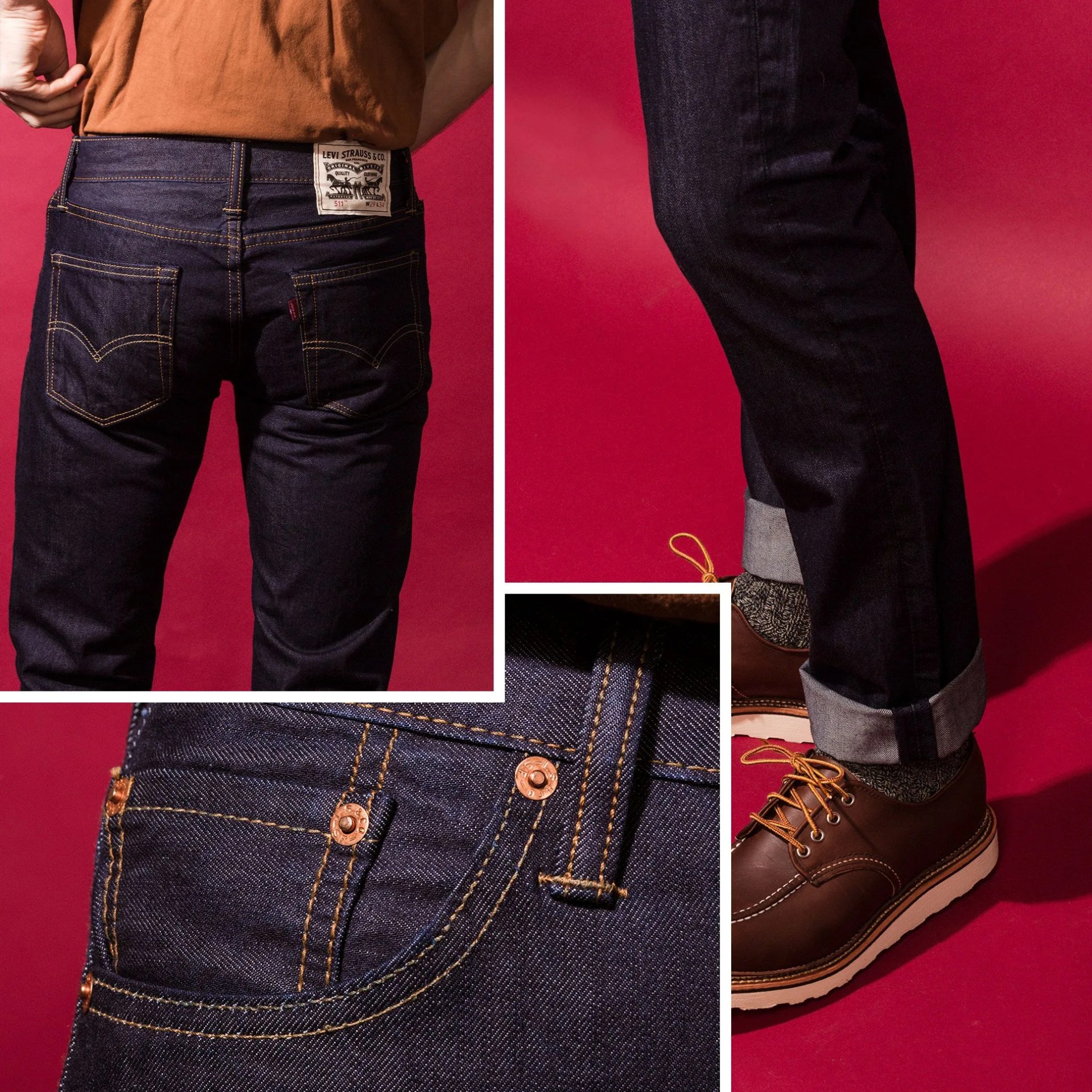
Each season, Wellthread has taken on an aspect of sustainability and learned something new through application. The first season, for example, was a failed attempt at a new dye system (it looked terrible). Other seasons found success through exploring applications of naturally khaki-colored cotton (excluding the dying process) and utilizing the longest staple Super Supima cotton to produce garments that are two times stronger than garments made from traditional cotton, among other things. The goal is to examine every point of the supply chain, to save water and to save energy while being radically transparent. “The intention isn’t for selling tremendous quantities, but rather, learning as much as possible,” Dillinger said. “Then we can use that learning to influence the tremendous part.”
So far, the Levi’s Wellthread x Outerknown collaboration is a resounding success — after a month, the Sherpa Trucker jacket is nearly sold out. This speaks to the collection’s strong design along with its focus on sustainability. “Sustainable style is important to us,” Moore said. “We want to be the first thing our audience thinks about when getting dressed because they feel great wearing Outerknown, not just because it’s responsibly made.” Moore sees the collaboration as a major step forward in sustainable fashion. “This isn’t just about denim,” he said. “This is about everything: sourcing, manufacturing and social accountability. This was the big brand collaborating with the small brand for a responsible solution to a problem that exists in our world, and hopefully, it inspires more brands of all sizes to share information and resources to drive responsible innovation for the fashion industry and every other industry.”
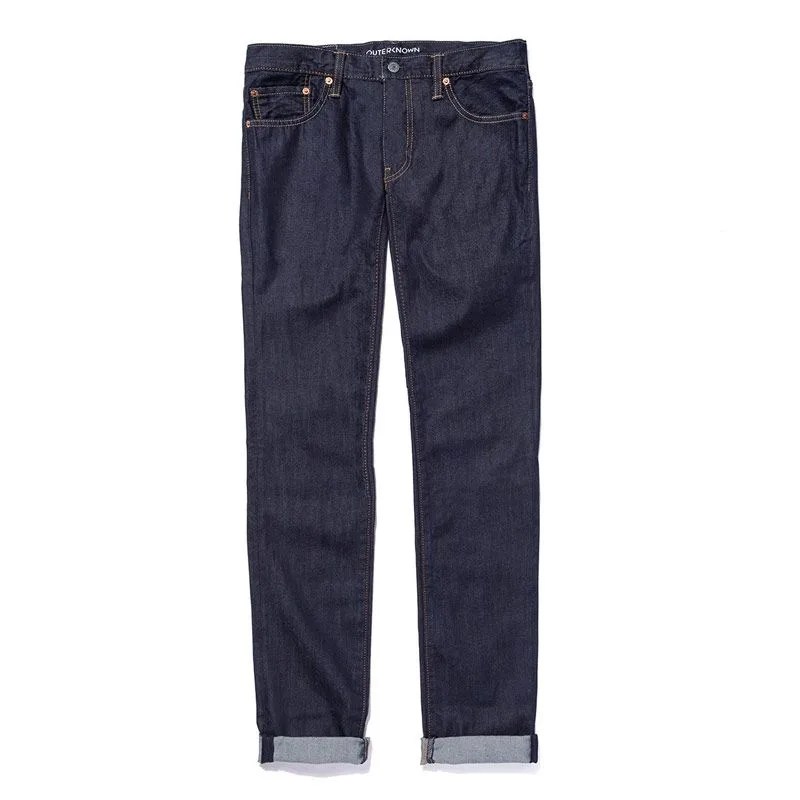
Wellthread 511 Slim Fit (Blue) by Levi’s Wellthread x Outerknown $128
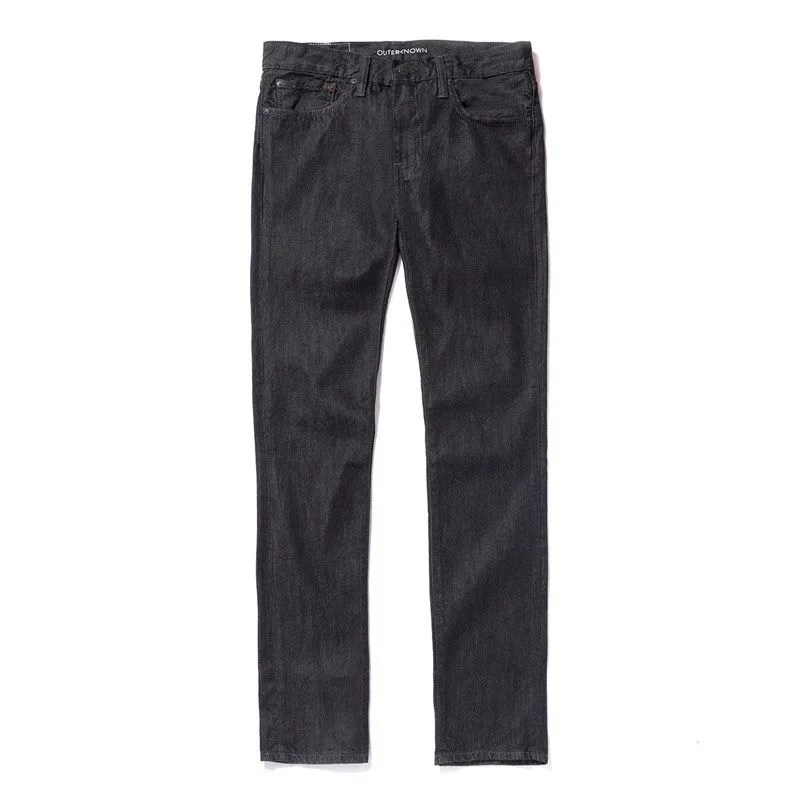
Wellthread 511 Slim Fit (Back) by Levi’s Wellthread x Outerknown $128
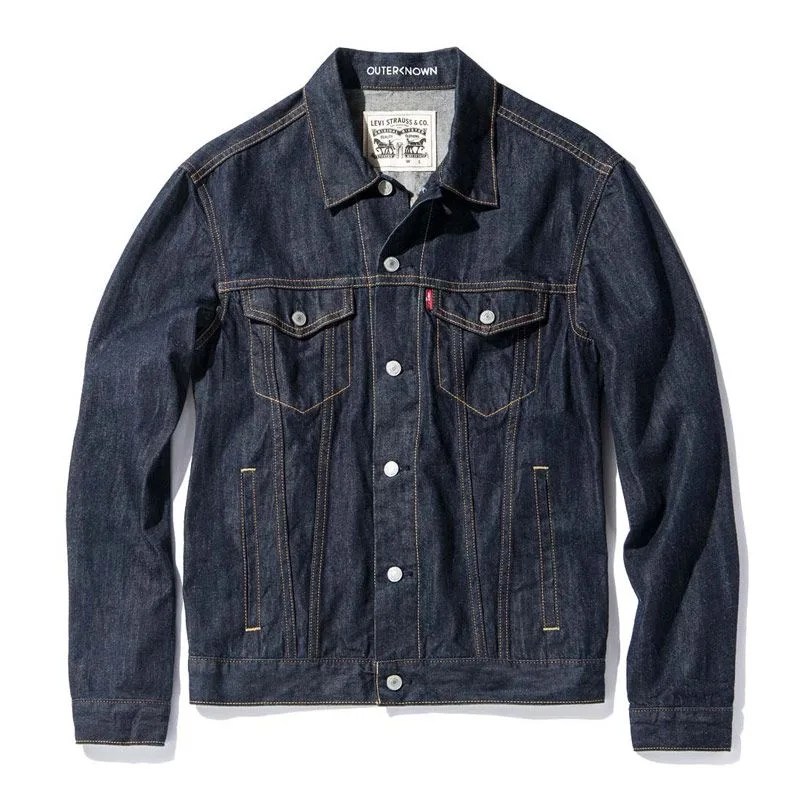
Wellthread Trucker by Levi’s Wellthread x Outerknown $145
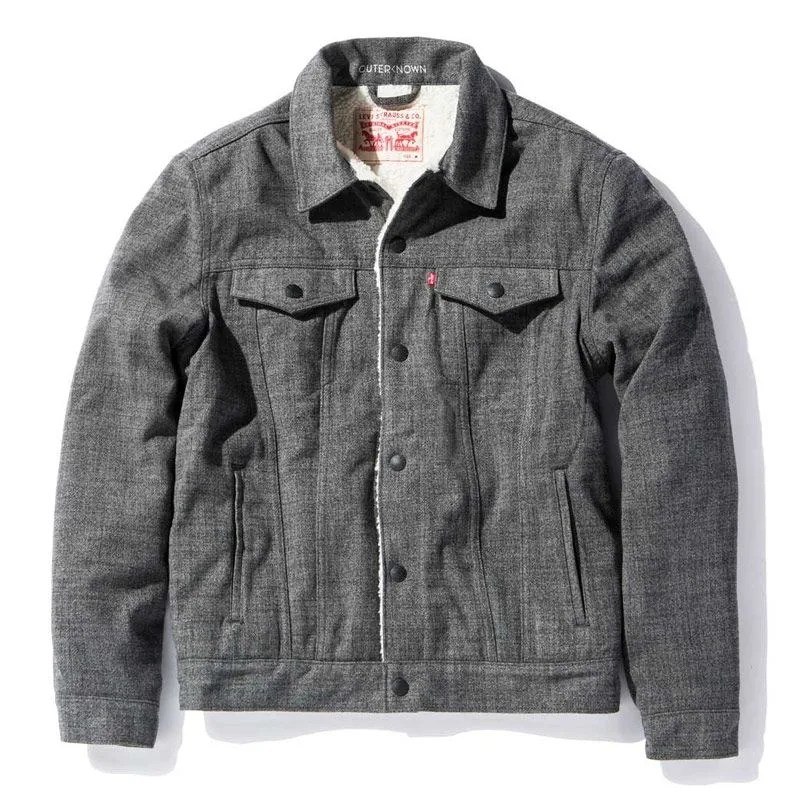
Wellthread Sherpa Trucker by Levi’s Wellthread x Outerknown $185

